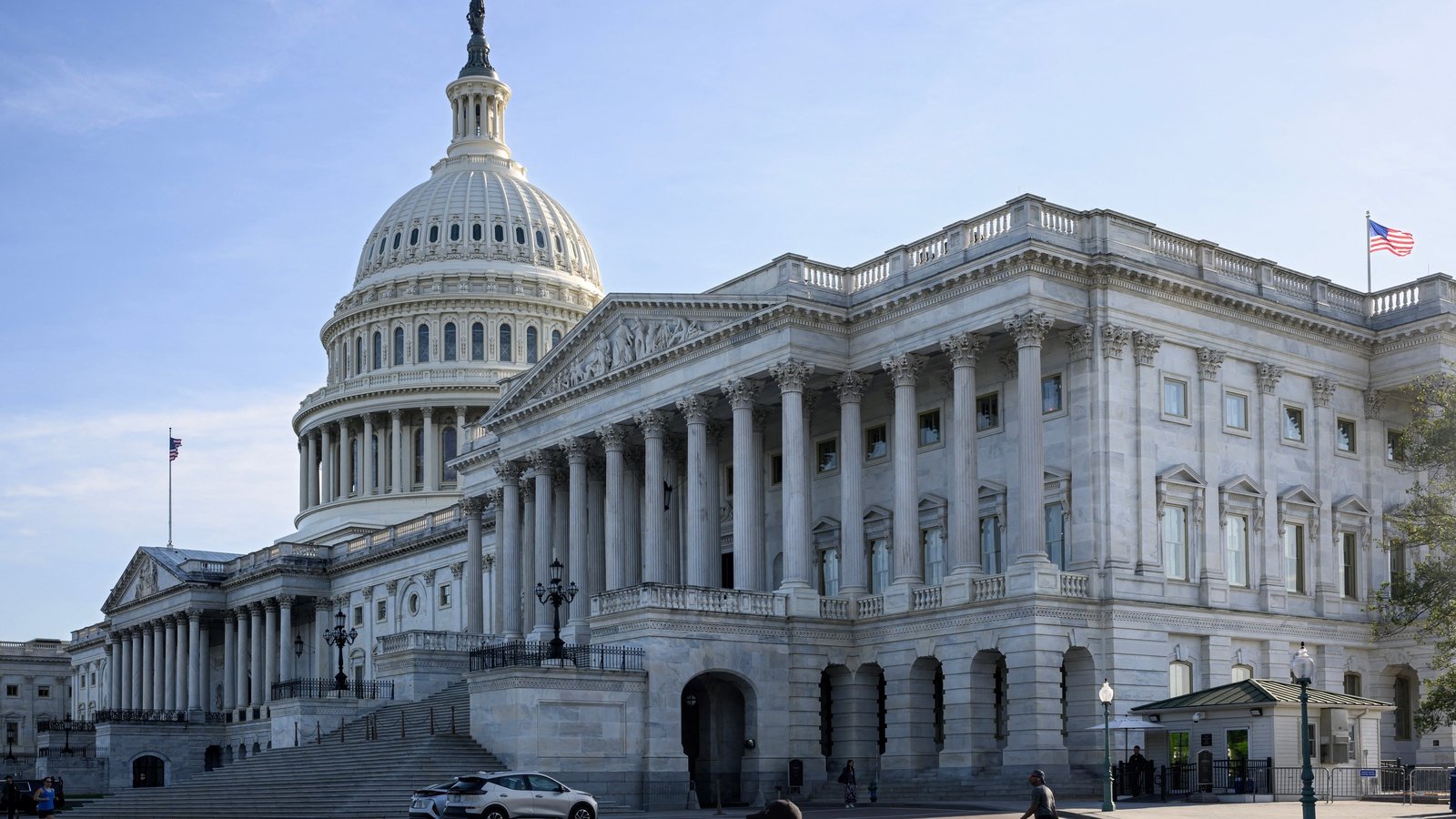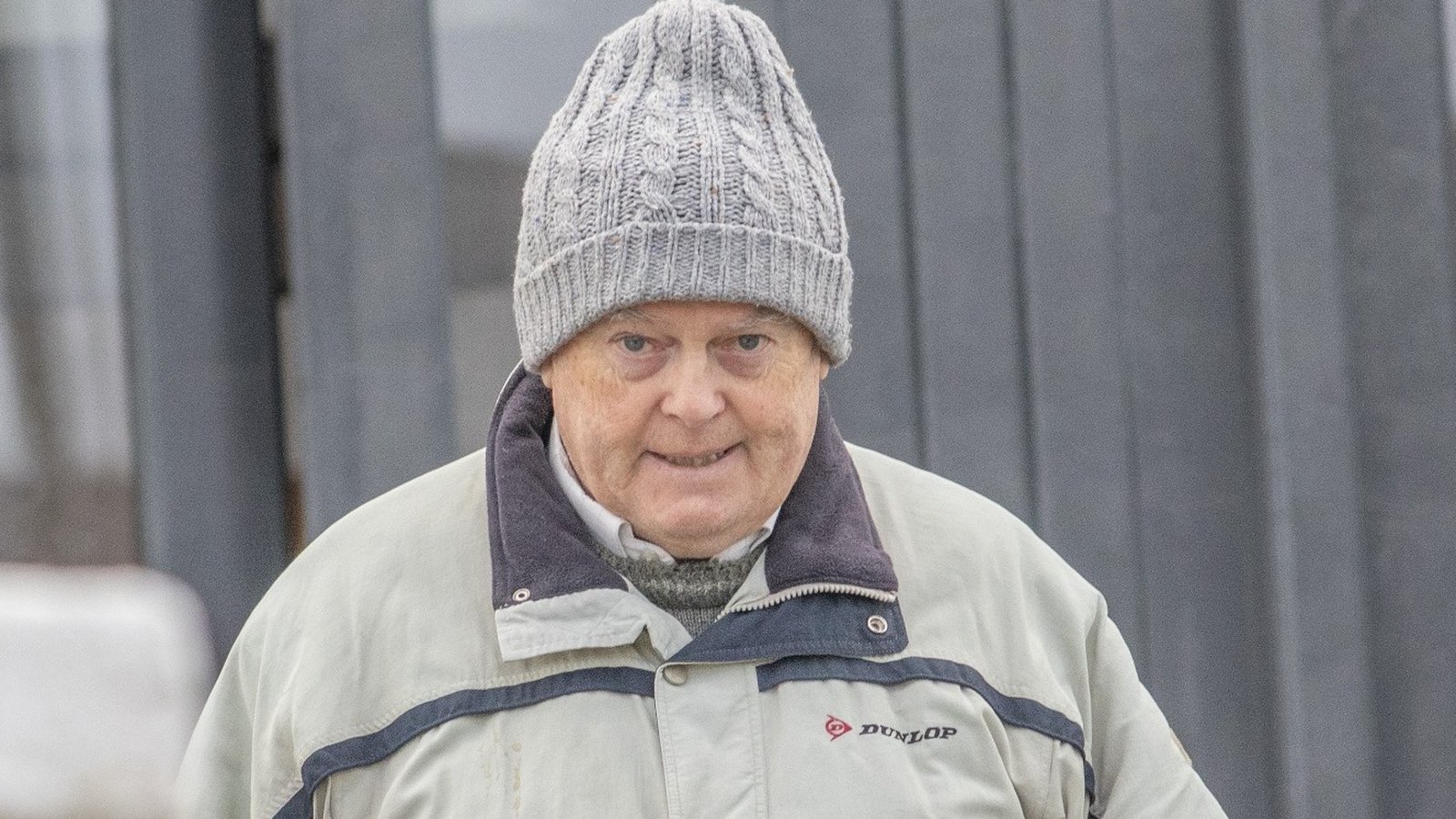Butterly made High Court application ahead of verdict
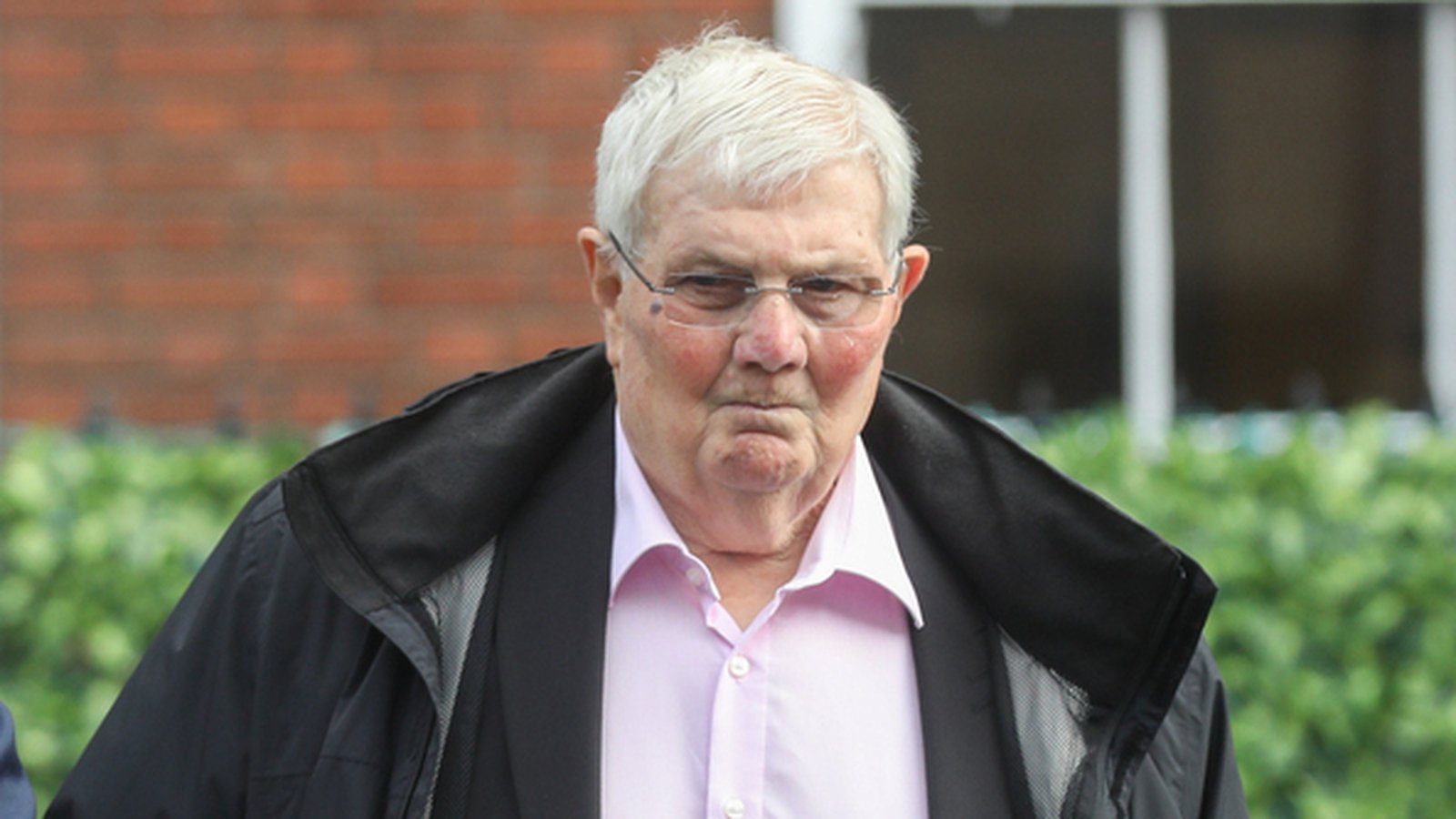
Following today’s verdict at the inquests into the deaths of 48 people at the Stardust nightclub on Valentines Night in 1981, the media can now report a High Court application made by Eamon Butterly, shortly before the jury began its deliberations.
Just before Easter weekend Mr Butterly, who had been manager of the nightclub, sought permission to bring judicial review proceedings challenging decisions made by the coroner to allow the jury return a verdict of ‘unlawful killing’.
The application came before Mr Justice Tony O’Connor, who in a judgment refused Mr Butterly’s application for both leave to bring the challenge and the inquest be put on hold pending the outcome of the challenge.
The application was made shortly before Dublin City Coroner Myra Cullinane had commenced her charge or final address to the jury.
Among Mr Butterly’s arguments were that the coroner had erred in law in separate decisions she made in March 2024 to allow the jury return a verdict of unlawful killing where there is a limited number of connected people associated with such a verdict according to the evidence adduced.
The court heard that 21 persons, 18 of whom were identified, were mentioned at the inquest, who it was submitted could be associated with a verdict of unlawful killing.
Mr Butterly’s lawyers argued that such a verdict would be highly prejudicial and would damage his reputation as it was feared that blame could be attributed to him.
It was submitted that it is not lawfully open for a jury to attribute blame to any individual or individuals.
Lawyers for 47 of the 48 victims of the tragedy opposed the application and urged the court not to grant leave nor the stay.
Lawyers for the coroner told the court it was their client’s preference that she be allowed to proceed with her address to the jury.
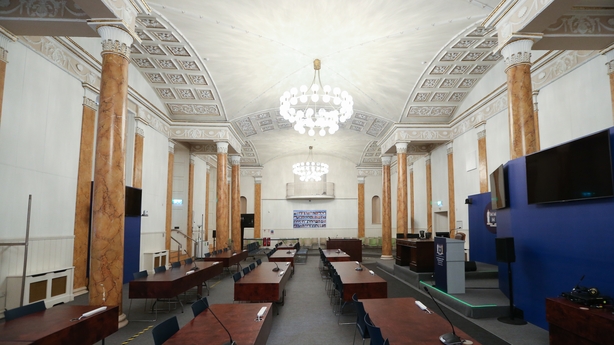
The evidence: What caused the Stardust tragedy?
After considering the matter, Mr Justice O’Connor said Mr Butterly was looking for an order from the court that the coroner instruct the jury that a verdict of unlawful killing is not an available verdict.
The judge said he was satisfied to dismiss the application.
Mr Justice O’Connor said that he was not satisfied that the coroner has misdirected herself with respect to the identifiable issue.
She was alert to the caution given in a High Court judgement in earlier proceedings brought by Mr Butterly in relation to the potential verdict of unlawful killing, he said.
The judge added that the coroner knows the extent of the evidence given and she can direct the jury, not only in relation to their consideration of the evidence, the limited verdicts which can be delivered, but also the law.
There was, he added, no allegation of lack of fair procedures and it is premature to review what the applicant fears could be instructions and guidance given by the coroner.
The judge also rejected claims by Mr Butterly that he would be left without an effective remedy if an undesirable verdict from the plaintiff’s perspective was given.
During the hearing the judge asked if the challenge was premature and asked if such an action should be brought after the verdict had been given.
The court also said that it was undesirable for a court to intervene or interfere with an ongoing investigation or process.
The grant of a stay pending the outcome of judicial review proceedings, he said, would further delay the inquest, which was something that greatly concerned the court.
When the application was made the court noted that the inquest have been running for over “120 days, and the jury had considered over 80 days of evidence”.
The judge said that the verdict of unlawful killing is open to a jury as long as they are properly cautioned and directed to the fact that they cannot identify any persons.
Nor are the jury permitted in the making of their findings or returning of their verdict to expressly or impliedly attribute liability to any identified or identifiable person, he said.
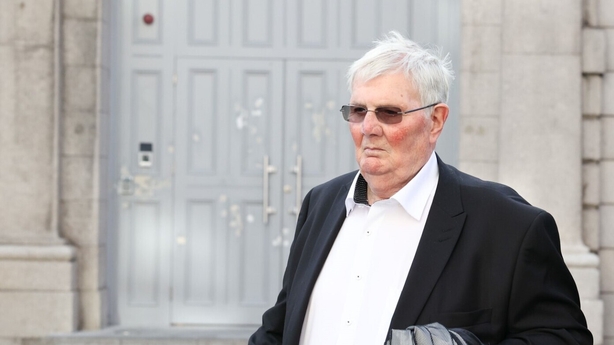
Watch: Remembering the night of the Stardust tragedy
During the proceedings the judge agreed with lawyers for the parties that the media should not report on the application until after the verdict had been given.
Any reporting of the application may have effected or influenced the jury while they were attempting to reach their decision.
This, the court was told, was something that was extremely undesirable.
The judge, noting the courts obligations that justice be administered in public, agreed that nothing should be reported on the application until after the verdict was given.
Mr Butterly’s bid was the second judicial review he brought in respect of a possible verdict of unlawful death.
In November 2022, Mr Justice Charles Meenan rejected Mr Butterly’s claim that the inquest could not make findings of unlawful killing.
The judge said, this can only be in “appropriate circumstances” and only where no person(s) is identified or identifiable.
Mr Butterly had sought to prevent the coroner from conducting the inquest in a way in which he believed would make him “a target for a verdict of unlawful killing”.
The coroner, the Minister for Justice and the Attorney General, opposed the application while the families of the deceased, the Garda Commissioner and Dublin City Council were notice parties.
The judge refused Mr Butterly’s application saying he was satisfied that the ruling by Ms Cullinane in February 2022 that a verdict of unlawful killing could not be ruled out at that stage was correct in law.
Ms Cullinane’s grounds for doing so included that she could give appropriate directions to the jury and that it would be open to legal teams of all interested parties to make any necessary submissions as to what directions should be given, the judge held.

Timeline: How the Stardust fire unfolded in 1981
Mr Justice Meenan said an inquest is an inquisitorial hearing to establish the facts concerning the who, how, when, where and circumstances of a person’s death.
It is not an exercise of considering or apportioning blame or exoneration, he said.
The Coroners Acts prohibit questions of civil or criminal liability being considered or investigated and verdicts censuring or exonerating a person, he said.
These restrictions however do not prevent an inquest establishing the facts concerning the circumstances of a person’s death even though those facts may be ultimately relevant in another forum dealing with criminal or civil liability, he said.
Parties before an inquest are entitled to fair procedures but this entitlement is limited given the statutory confines within which an inquest takes place, he said.
Sections 30 and 31 of the Coroners Acts do not prohibit verdicts of unlawful killing, he said.
Questions of civil or criminal liability or verdicts containing censure or exoneration arise where the person(s) concerned are identified or identifiable.
“In appropriate circumstances there may be a verdict of unlawful killing but only where no person(s) is identified or identifiable”, he said.
The law also gives a coroner discretion to consider the circumstances of a person’s death.
It may be that the more detailed the evidence is on the circumstances of the death “the less permissible will be a verdict of unlawful killing”, he said.
“It is for the coroner, having heard all the evidence, who gave the evidence, and considered the submissions of the parties, to direct the jury as to the permissible verdicts.”


